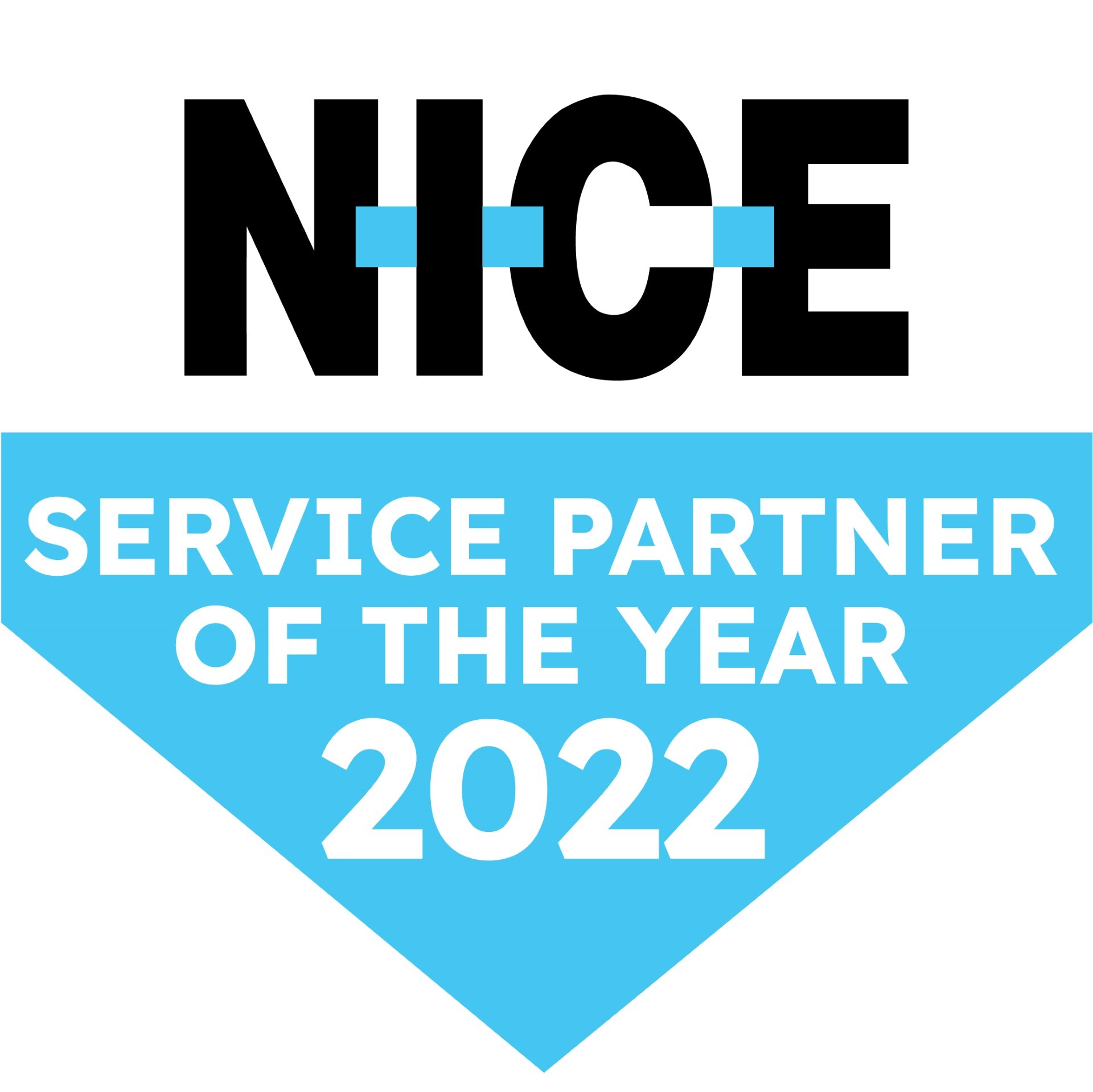In order to stay one step ahead, financial services organisations are shifting their focus to the customer experience (CX). Although operational efficiency and profitability are still top of the list, rising customer expectations and pressure from the competition has meant CX and everything that goes with it, needs to be heavily considered from a strategic perspective.
The meaning of customer experience can be defined in many ways. We think Gartner’s explanation hits the nail on the head.
According to Gartner, the customer experience refers to the customers perceptions and related feelings caused by a one off as a well as a cumulative effect of interactions with the supplier’s employees, systems, channels or products.
Defining and measuring your customer experience can be quite an enormous task. Not to mention in today’s instantaneous and fast-paced digital world, it can sometimes be a struggle for financial companies to adapt.
With this at the forefront, let’s look at the top 4 financial customer experience trends to consider in 2019 and beyond.
1. Self-Service Options
According to Gartner, 85% of customer interactions will be automated by 2020 (1). That’s a large percentage. For financial services this means many customers relying on digital tools to manage transactions or create accounts as an example. Most customers, particularly millennial’s, like having the option of self-serving. Although the traditional method of phone is still truly alive and well, the option of not having to call a number which routes you through a maze of customer agent reps makes a compelling customer experience case.
Propelled by the need to self-serve, financial services companies will continue to work on their digital service channels in the coming years. Some examples of this (and which we are already seeing happening) include websites using live agent chat features to help customers, and bank ATM’s allowing for more self-sufficiency, so customers need to interact less with a branch employee.
Related Content [Whitepaper]
The Innovator’s Guide To The Digital-First Contact Centre
Revolut for example, is pioneering the way in self-service. The app allows you to open an account in minutes, directly from your phone. With built-in budgeting, users can see exactly where their money is going each month with the ability to set up monthly budgets for activities like food shopping or eating out.
2. Multi-channel and Omni-channel CX
According to Citrix, more than half of the worlds working population will be digital natives by 2020* (2). This means most financial institutions have taken a multi-channel service approach to make it easier for customers to engage with them wherever and whenever they want e.g. mobile app, online, over the phone etc. What’s also become important is needing to provide an omnichannel service experience, where the difference means a streamlined and personalised consistency for all customer touch points.
According to experts, an omnichannel approach seeks to provide customers with a seamless shopping experience, whether they are shopping online from a PC, mobile, telephone, or in store. An omnichannel experience means there is integration between distribution, promotion and communication channels on the back end* (3).
Related Content [Whitepaper]
The Inner Circle Guide to Omnichannel
Let’s take the example of a customer who would like to apply for a credit card*(4). Having seen this credit card advertised online, the customer begins their online application from their smartphone. With auto-fill, google makes sure most of the fields in the application are automatically filled. When completing the last part of the application (providing contact details), the customer changes their mind and moves on browsing the web.
At this stage, the system has enough information to save a temporary profile for the customer, should they change their mind at a later stage. A few days later, the customer visits the banks branch to apply for the same credit card. The advisor starts by asking for the customers number. Once given, the system matches this number with the temporary profile. This means the customers application is pretty much complete; all that’s needed to finish the application is a few signatures from both parties! Delivery time for the card to arrive is 3 business days and the customer is given an order number to track its delivery.
An omnichannel approach means a smooth, personalised and smart way of being there throughout your customers journey. If the customer did not finish their application in a week or so, the banking platform would also send an automatic notification to the relevant advisor, who would then approach the customer by phone, online or via a messaging app. What we are seeing here is smart marketing at it’s very best, thanks to an omnichannel approach.
3. Personalised Customer Experiences
Delivering a personalised customer experience, particularly in the financial services sector where the competition is rife and ever changing, is extremely important. If the customer experience is driven by personalisation, this is what will truly set financial organisations apart from their competition. For example, research from Epsilon reveals 80 percent of consumers are more likely to do business with a company that offers personalised experiences* (5).
To embrace personalisation, banks can use technology to help turn their customer data into actionable insight. Banks have a huge amount of valuable transactional customer data at their fingertips. This data provides golden insight on customer spend and can be used to deliver personalised up selling and cross selling communications.
Technology such as predictive behaviour routing can also assist, identifying the preferred paths of communication with the customer. Let’s explain – predicative behavioural routing is based on customer categorisation such as ‘awake customers’ or ‘sleepy customers. Your awake customers have brought from you multiple times. You have a good relationship with them, and they can therefore be routed to customer service reps who are successful at up selling and building rapport. Your sleepy customers need more convincing. They perhaps need a special deal concocted by the marketing and sales team to get them on board again.
Cross selling and up selling based on customer data can work wonders. For example, if a customer has booked a holiday, the bank can start marketing options for travel insurance based on the customers demographics such as age, family details etc. This type of marketing can build a trusted rapport between the financial organisation and the customer; always being there for the customer and suggesting their needs before they themselves even know it!
Related Content [Whitepaper]
The 10 Uses of Analytics in The Contact Centre
4. Employee Training and Empowerment
Although the digital and technological means of revolutionising the customer experience is vitally important, so too is bettering the human aspect of it. People buy from people. Usually, from people they trust. So, there’s a real and meaningful need to keep humans involved (and better yet, train them up) in the customer experience journey.
In 2019 and beyond, financial organisations need to focus on their employees just as much as their customers. This includes training their employees to encourage customer feedback, identify potential issues and take on new skills with interactions such as social media and live chat. Employees will have to be motivated to do this, and for financial organisations to obtain this, they should be investing in training and development as well as offering flexibility for their employee’s work-life balance.
Related Content [Whitepaper]
Millennials in the Contact Centre Workforce
It’s time to shift the approach to an increasingly consumer led, and data driven marketplace for financial organisations. The top 4 trends in this article reflect this. Efficient CX is a necessary must if financial organisations want to build loyal customers and stay ahead of the competition.
References
3. https://searchcustomerexperience.techtarget.com/definition/omnichannel
4 https://www.itproportal.com/features/omnichannel-banking-meaning-examples-benefits-and-challenges/















